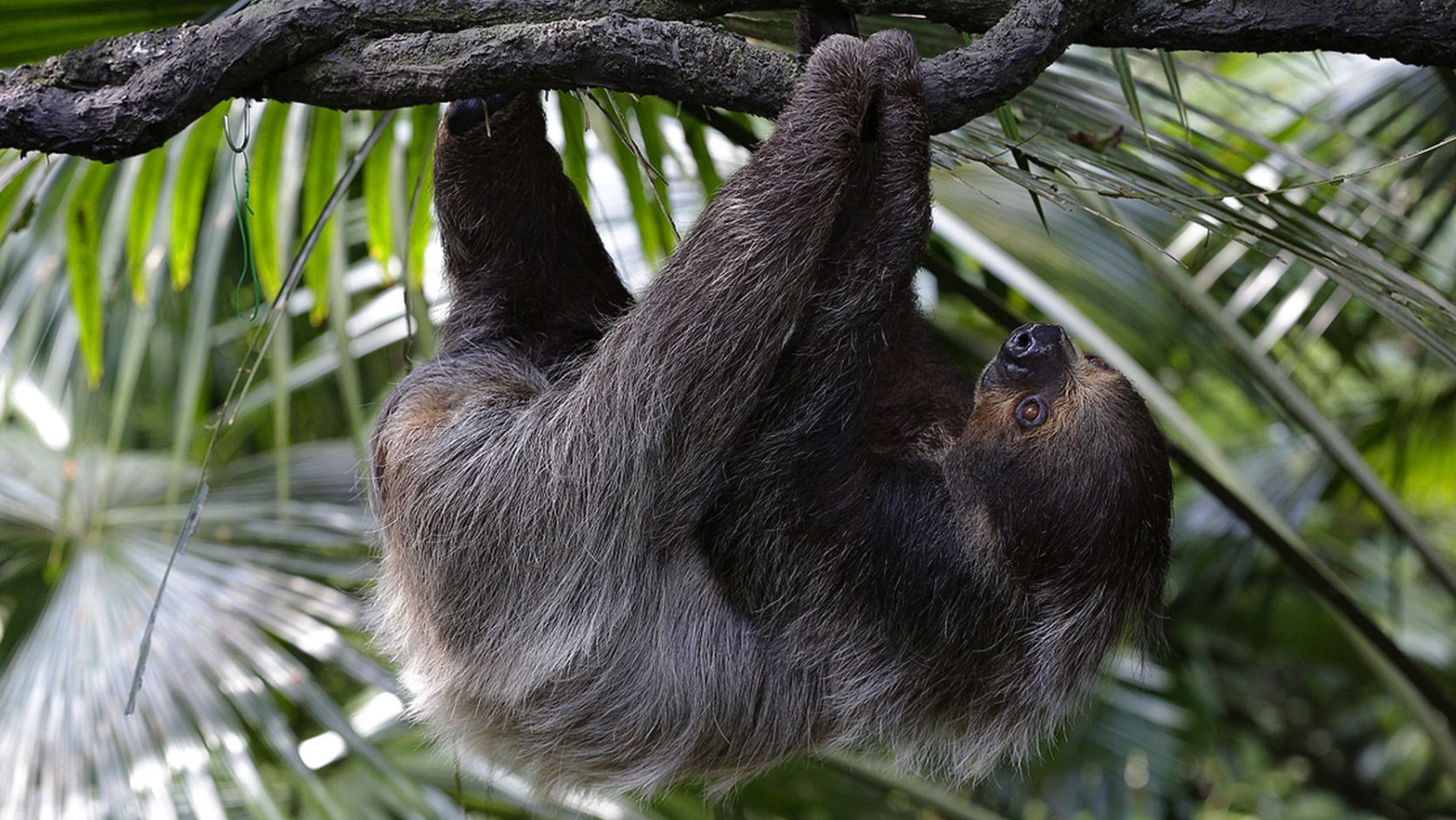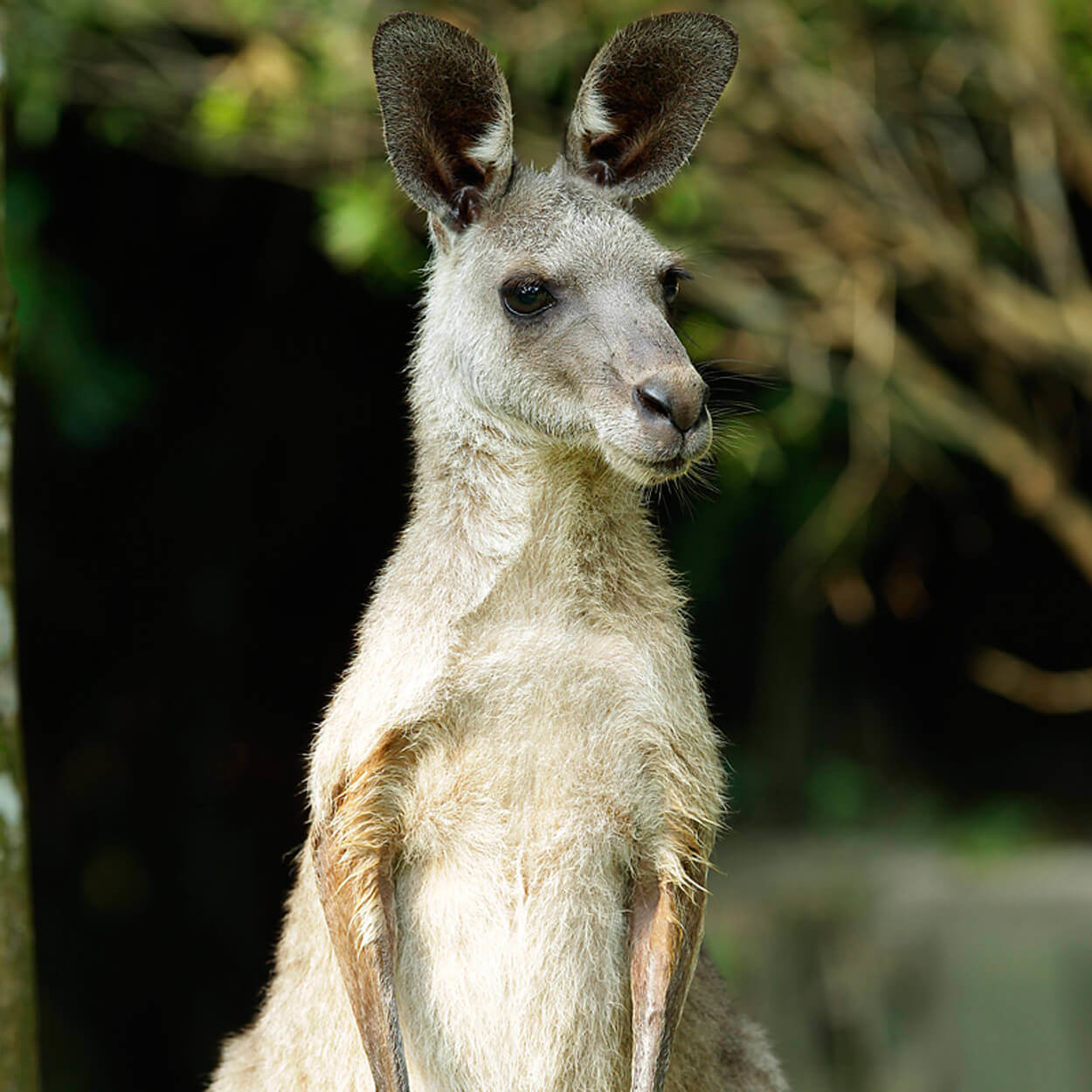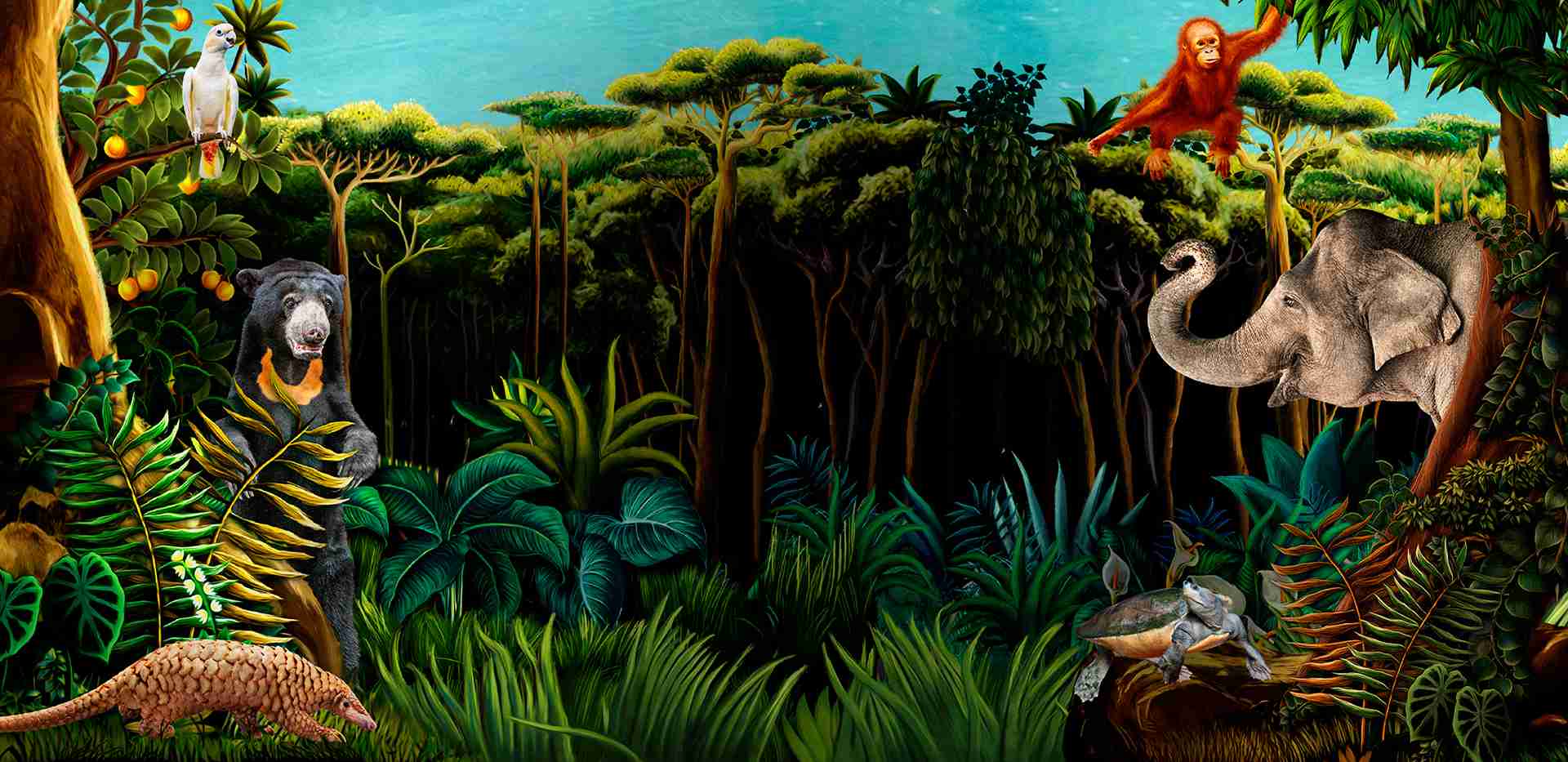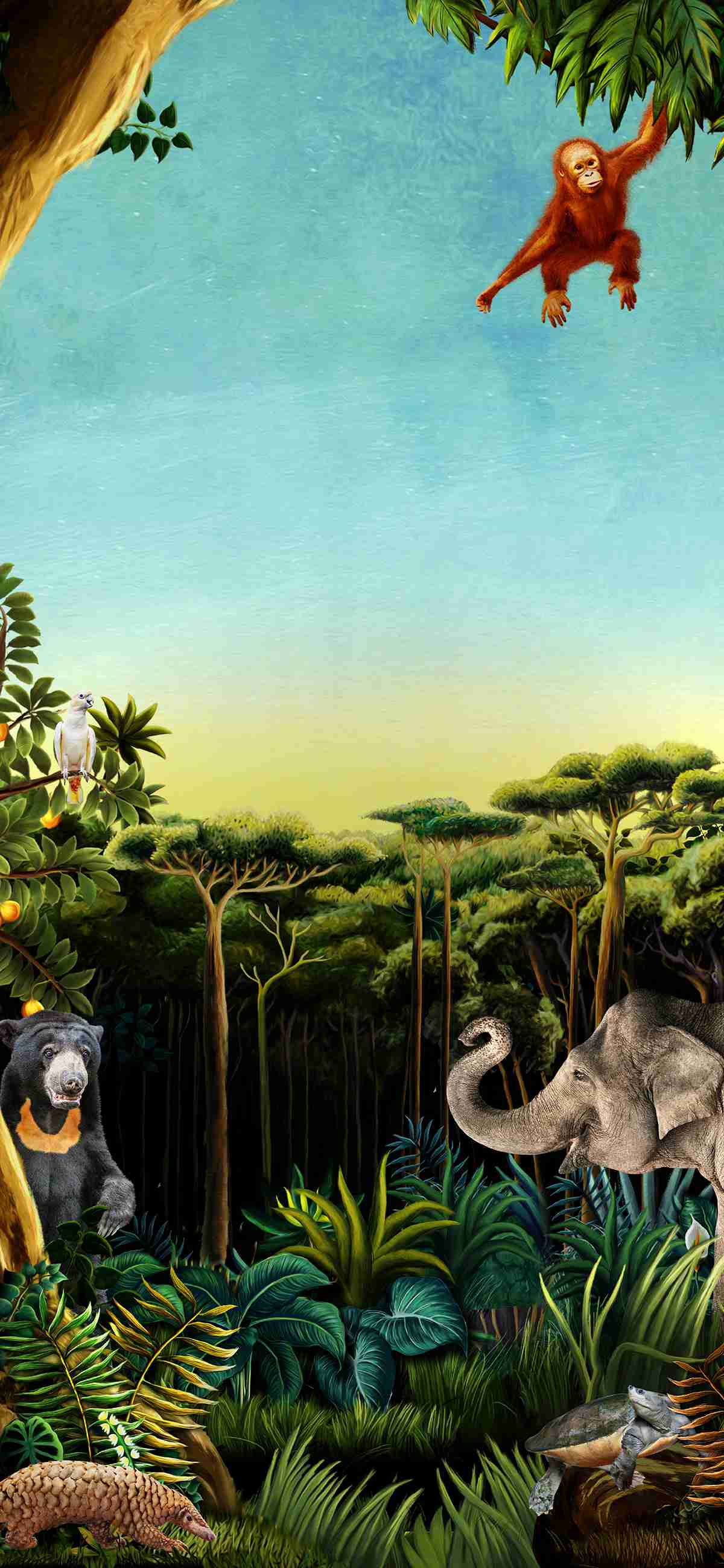LifespanAverage of 28 years under human care

The IUCN Red List of Threatened Species
The IUCN Red List of Threatened Species is widely recognized as the most comprehensive, objective global approach for evaluating the conservation status of plant and animal species.
Data Deficient
Unknown risk of extinction
Least Concern
At relatively low risk of extinction
Near Threatened
Likely to become vulnerable in the near future
Vulnerable
At high risk of extinction in the wild
Endangered
At very high risk of extinction in the wild
Critically Endangered
At extremely high risk of extinction in the wild
Extinct in the Wild
Survives only in captivity
Extinct
No surviving individuals in the wild or in captivity










